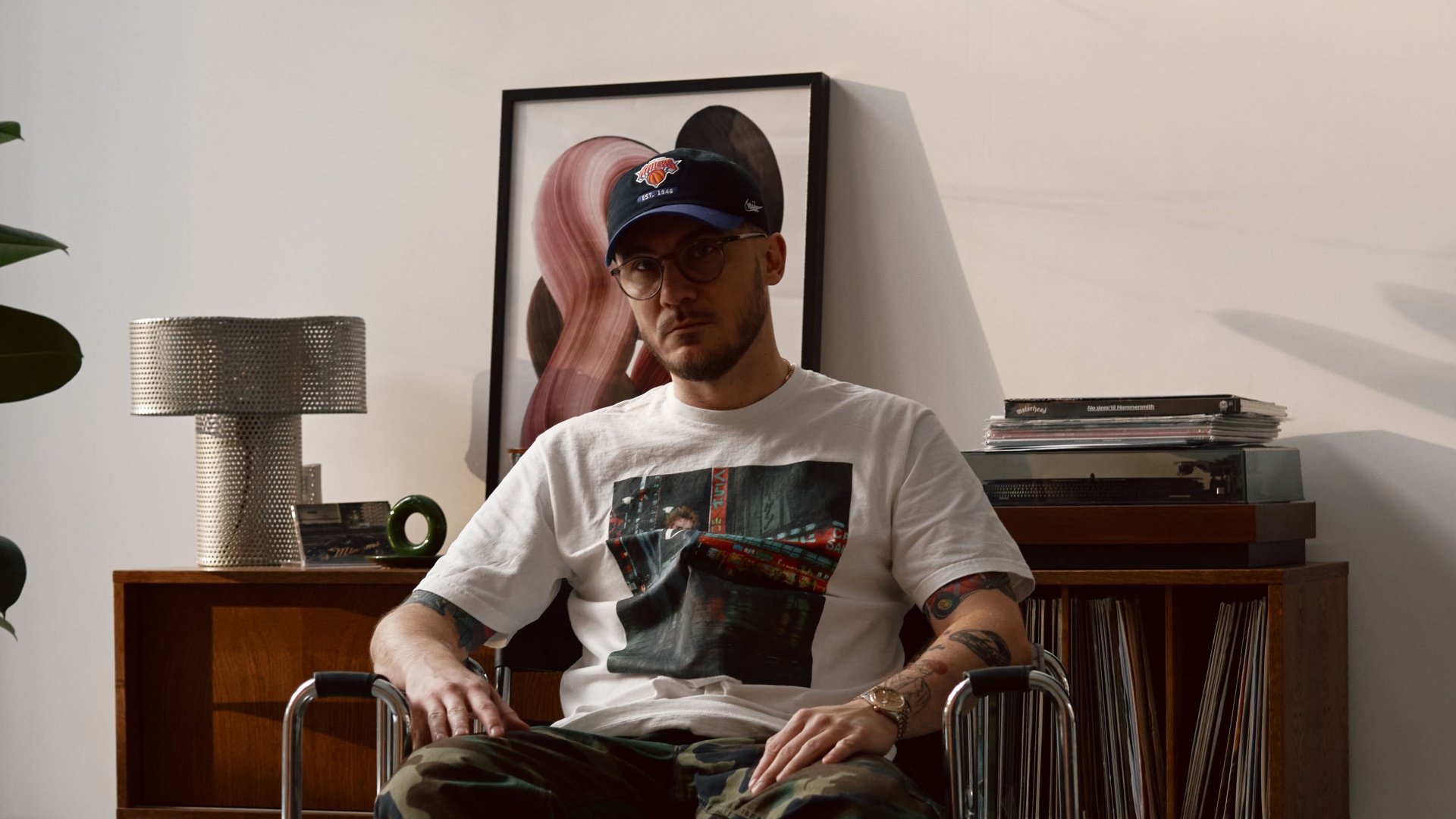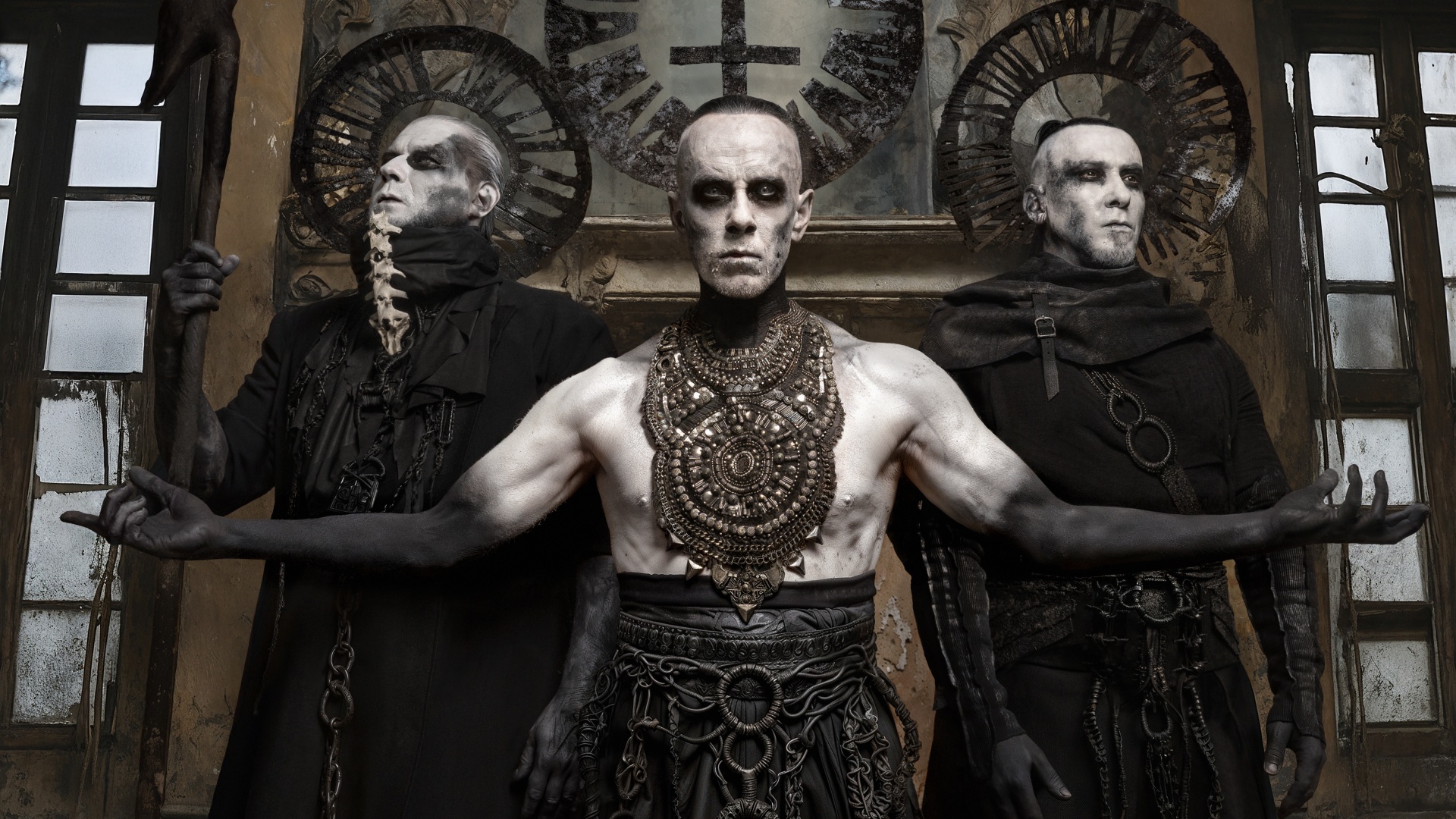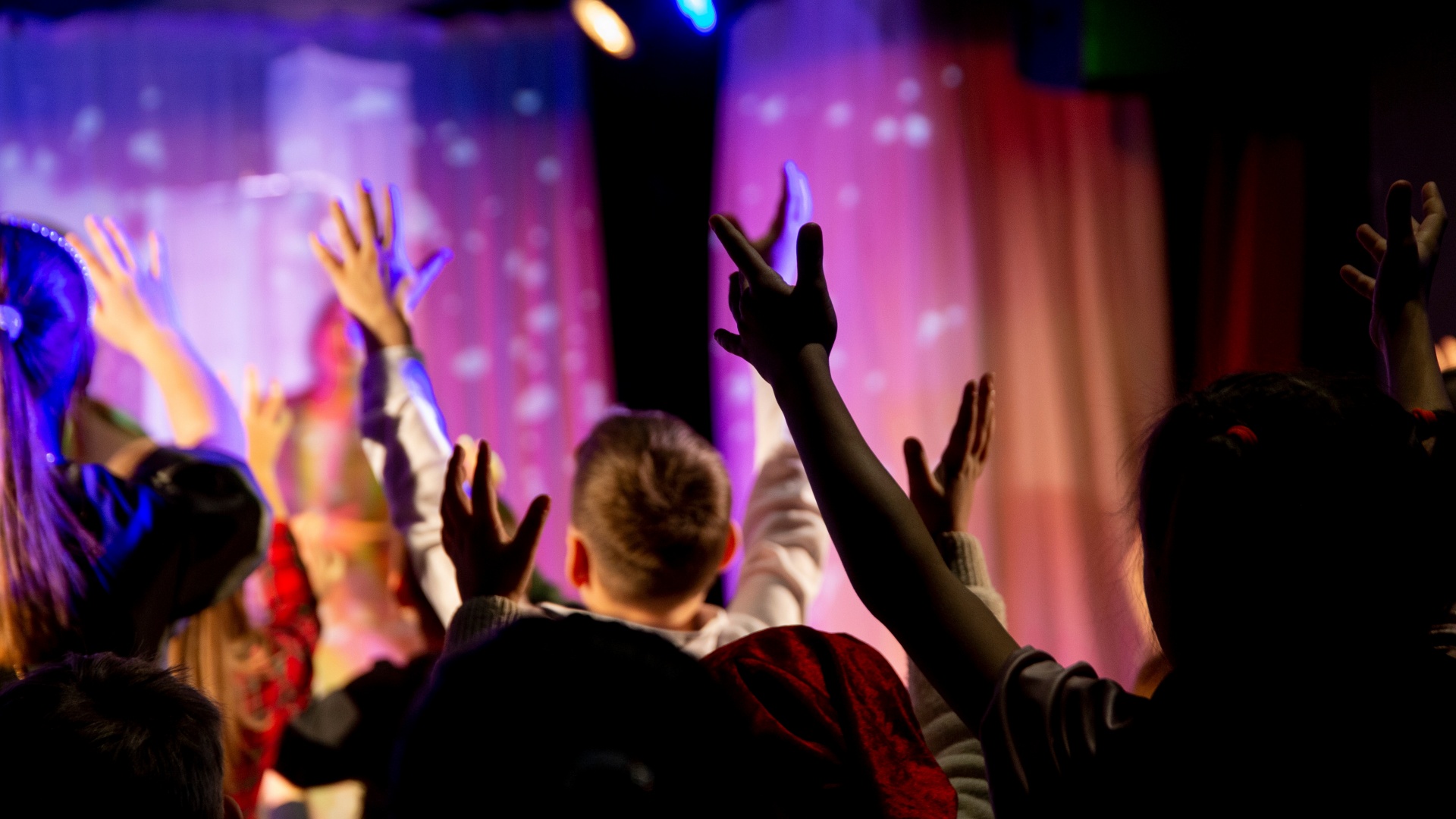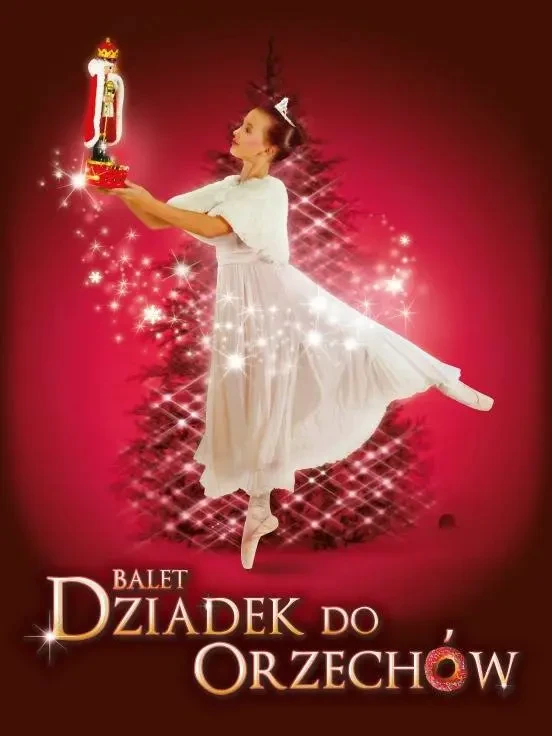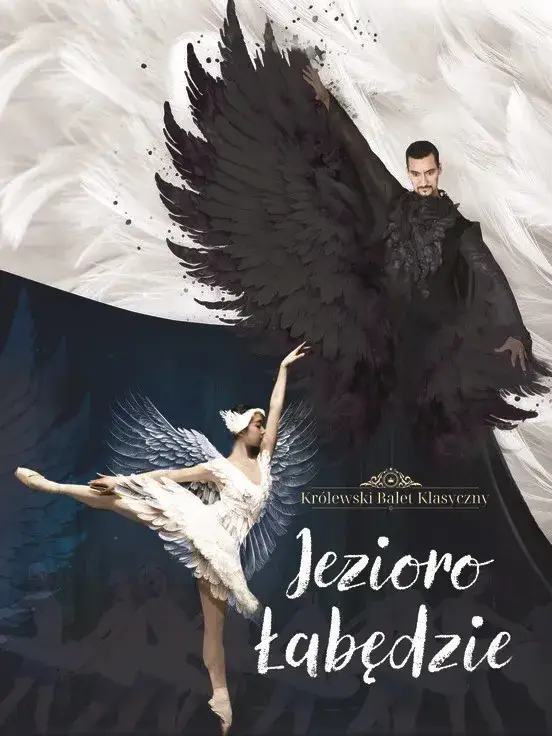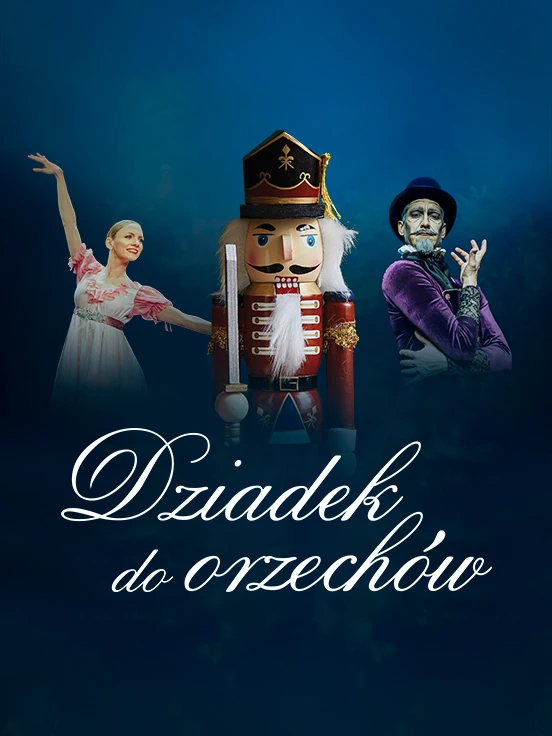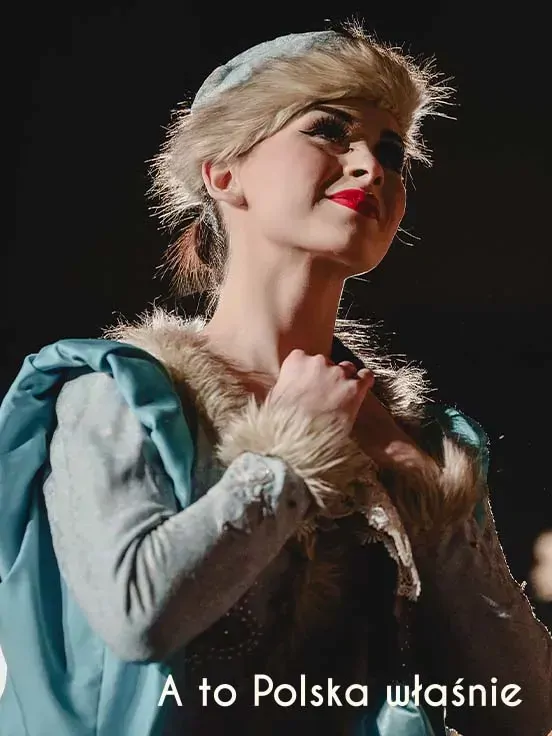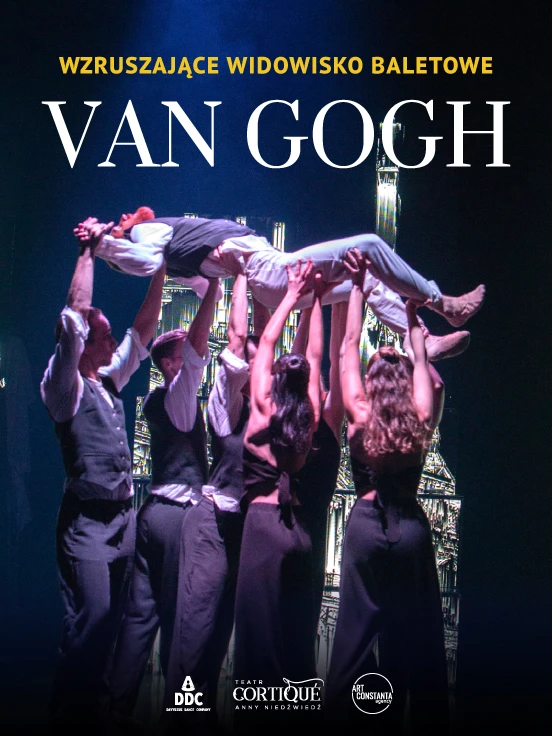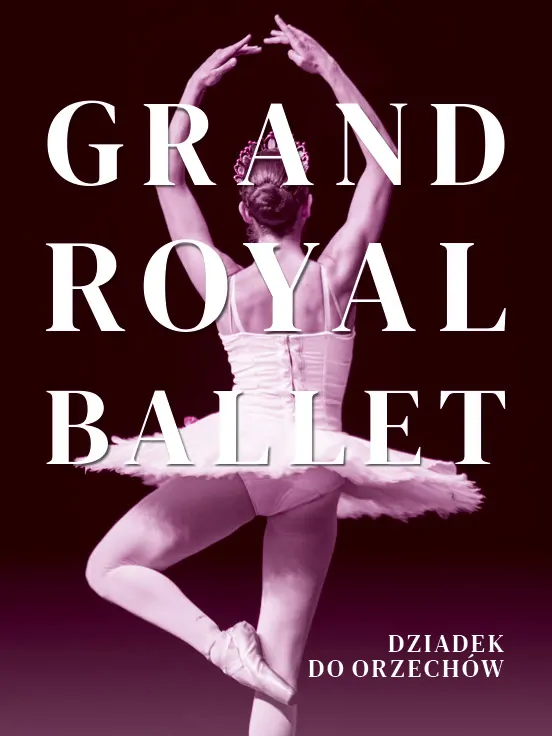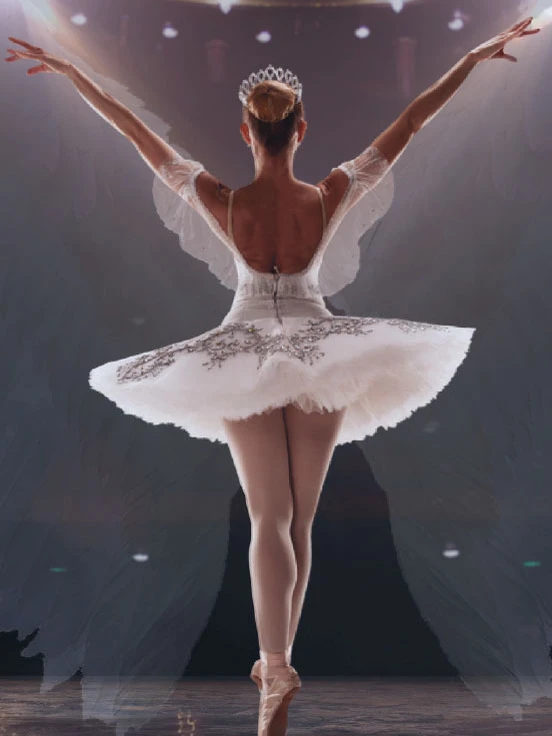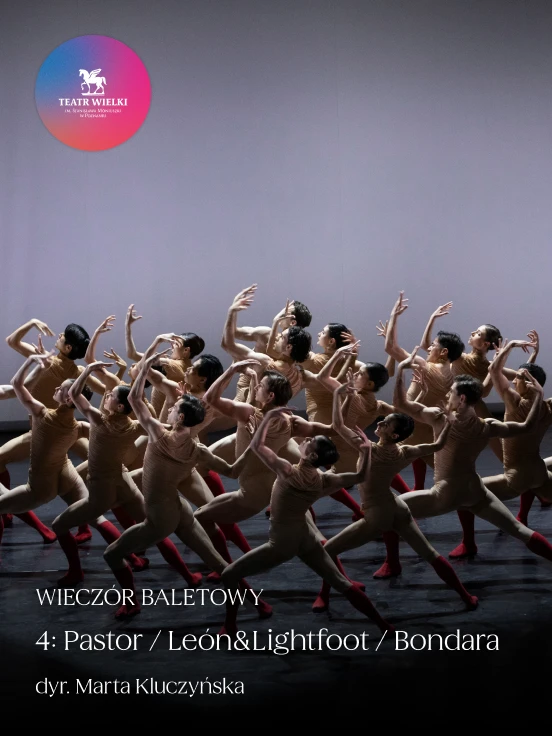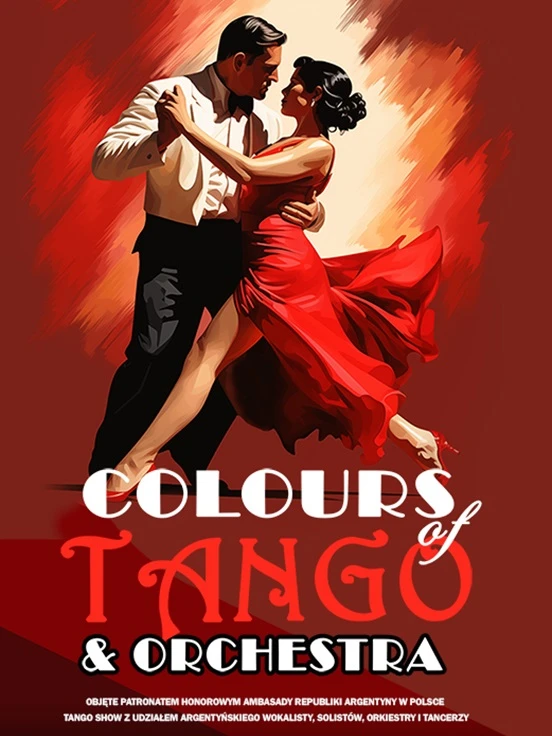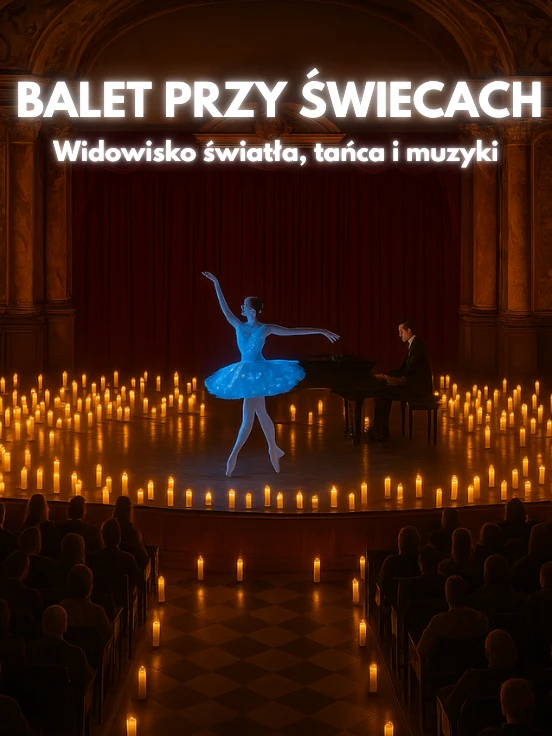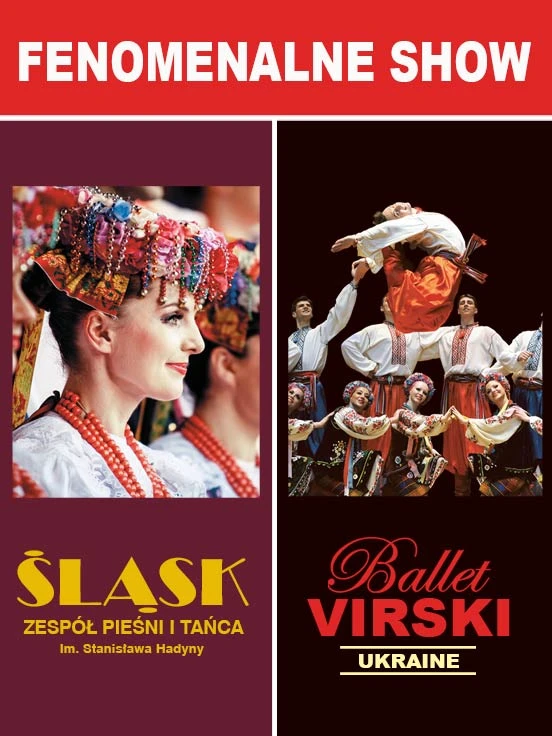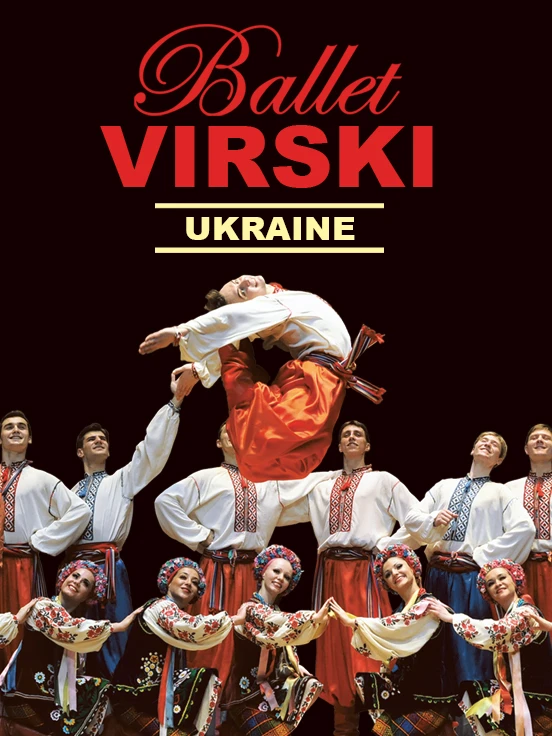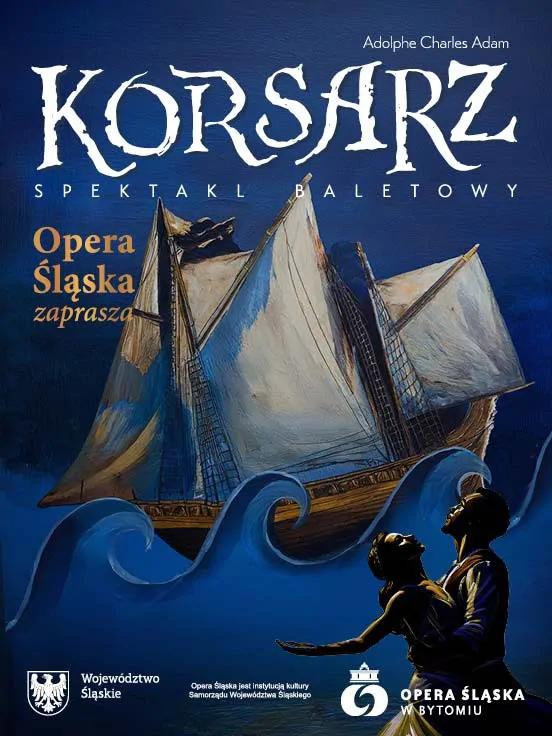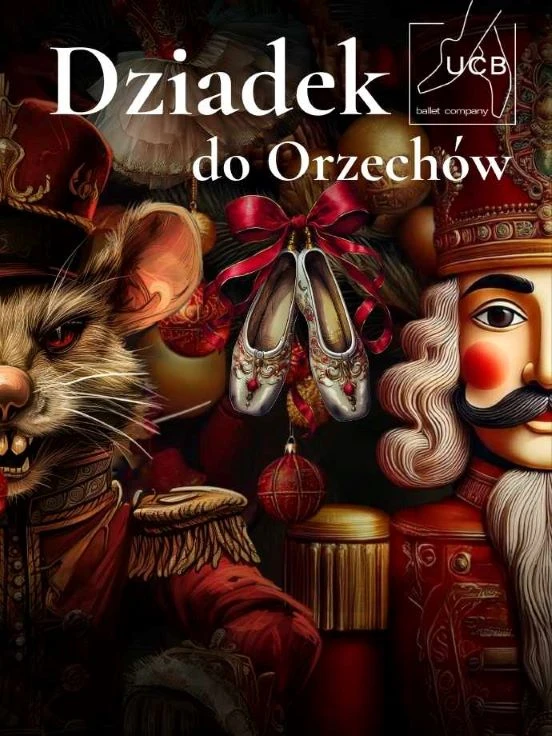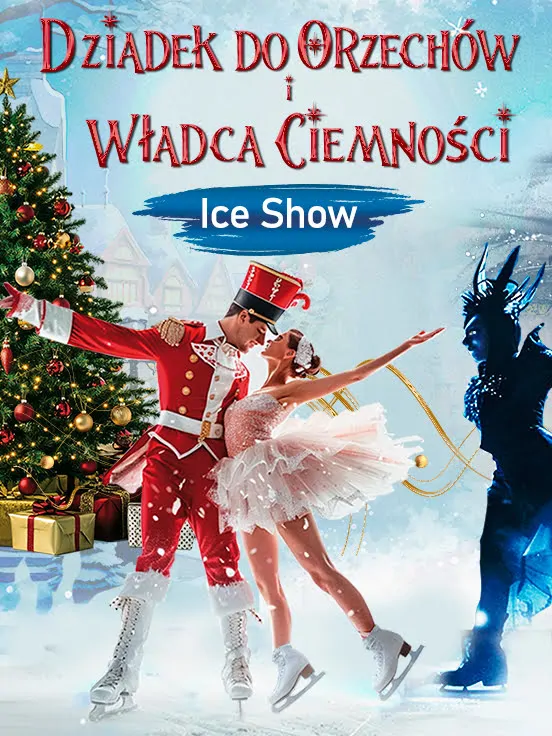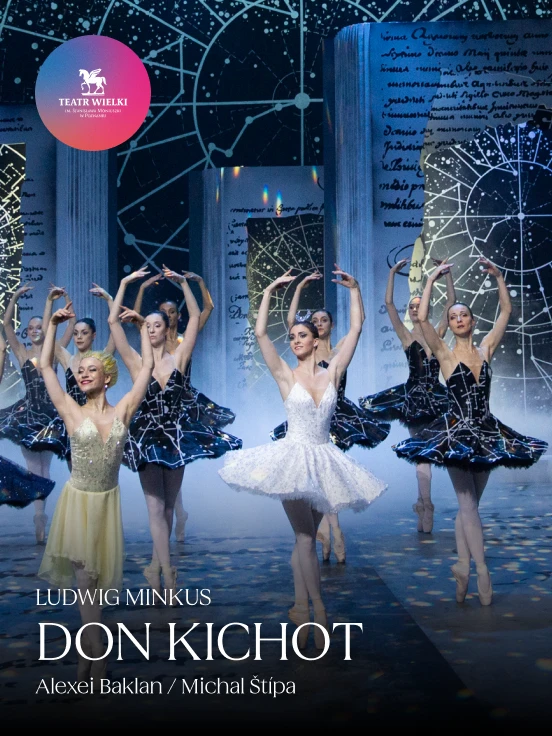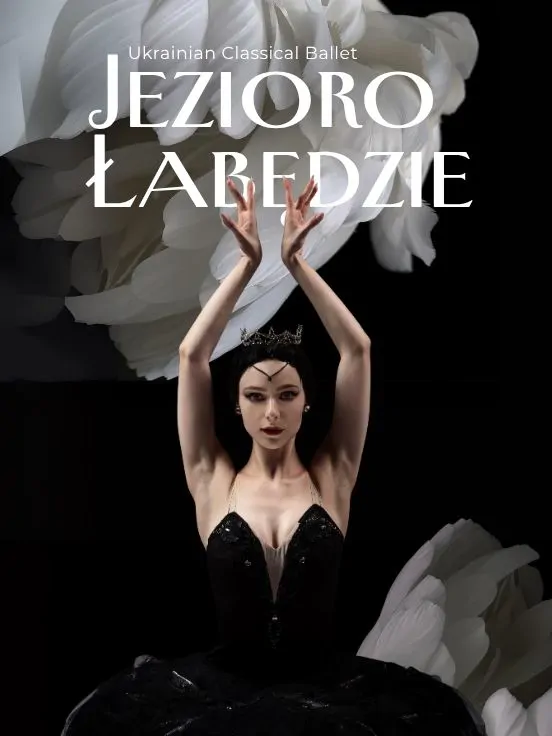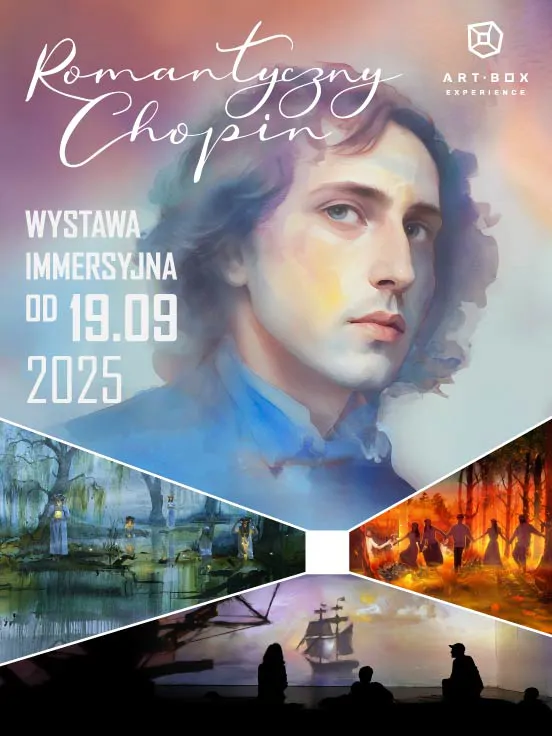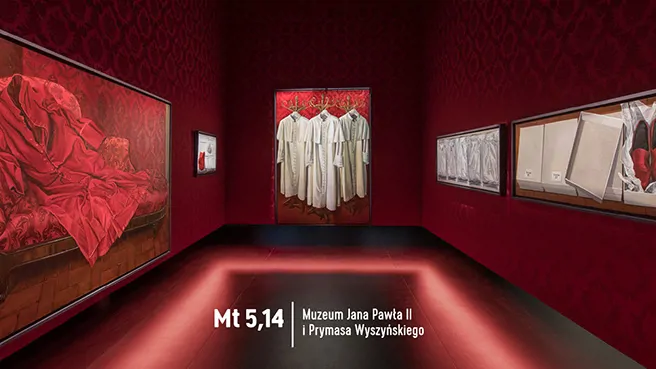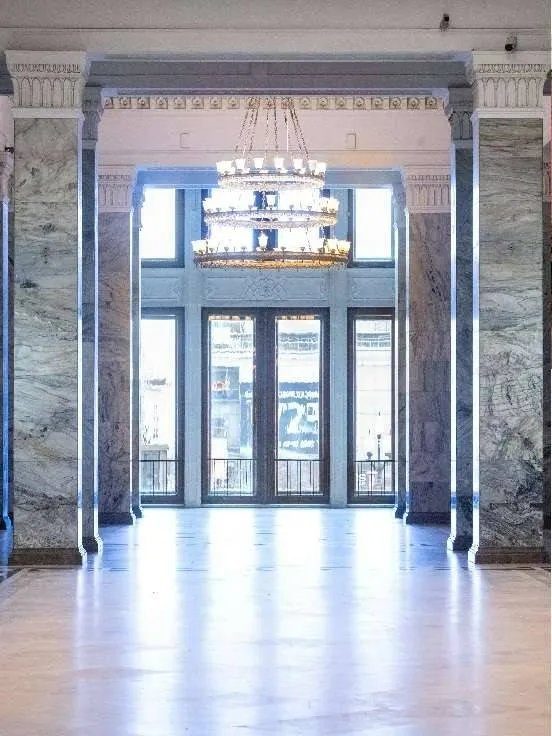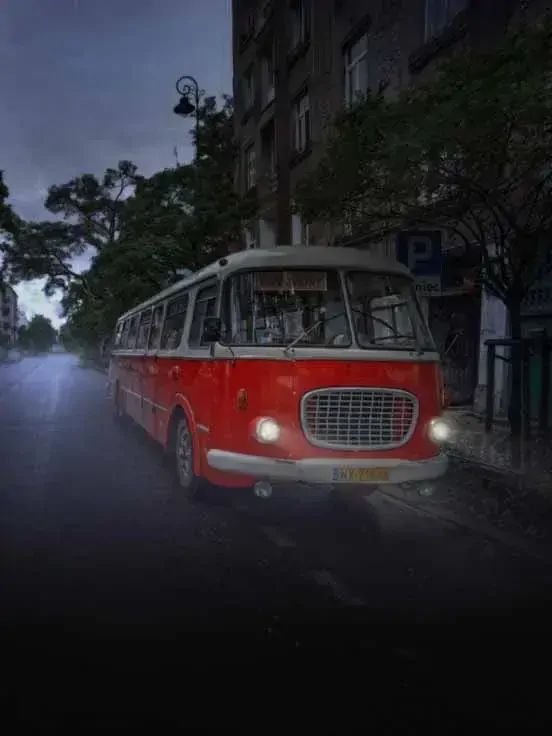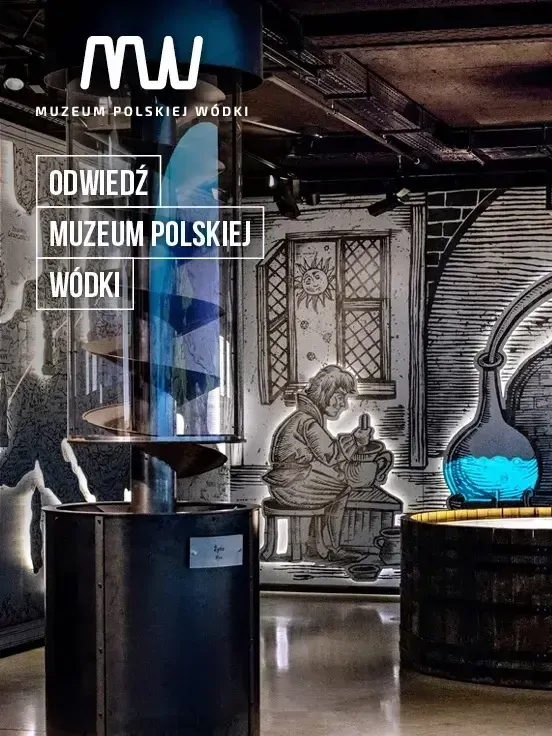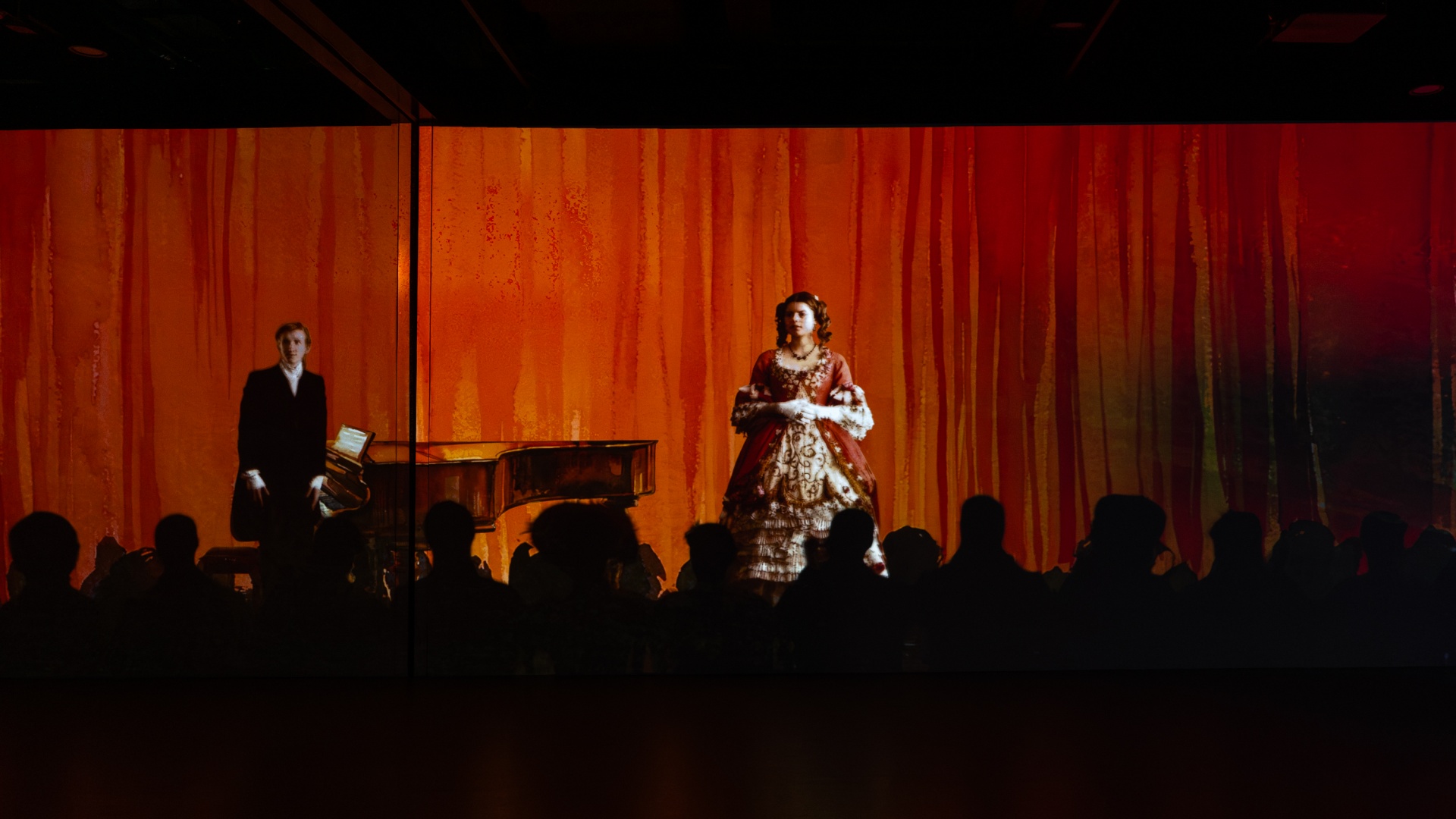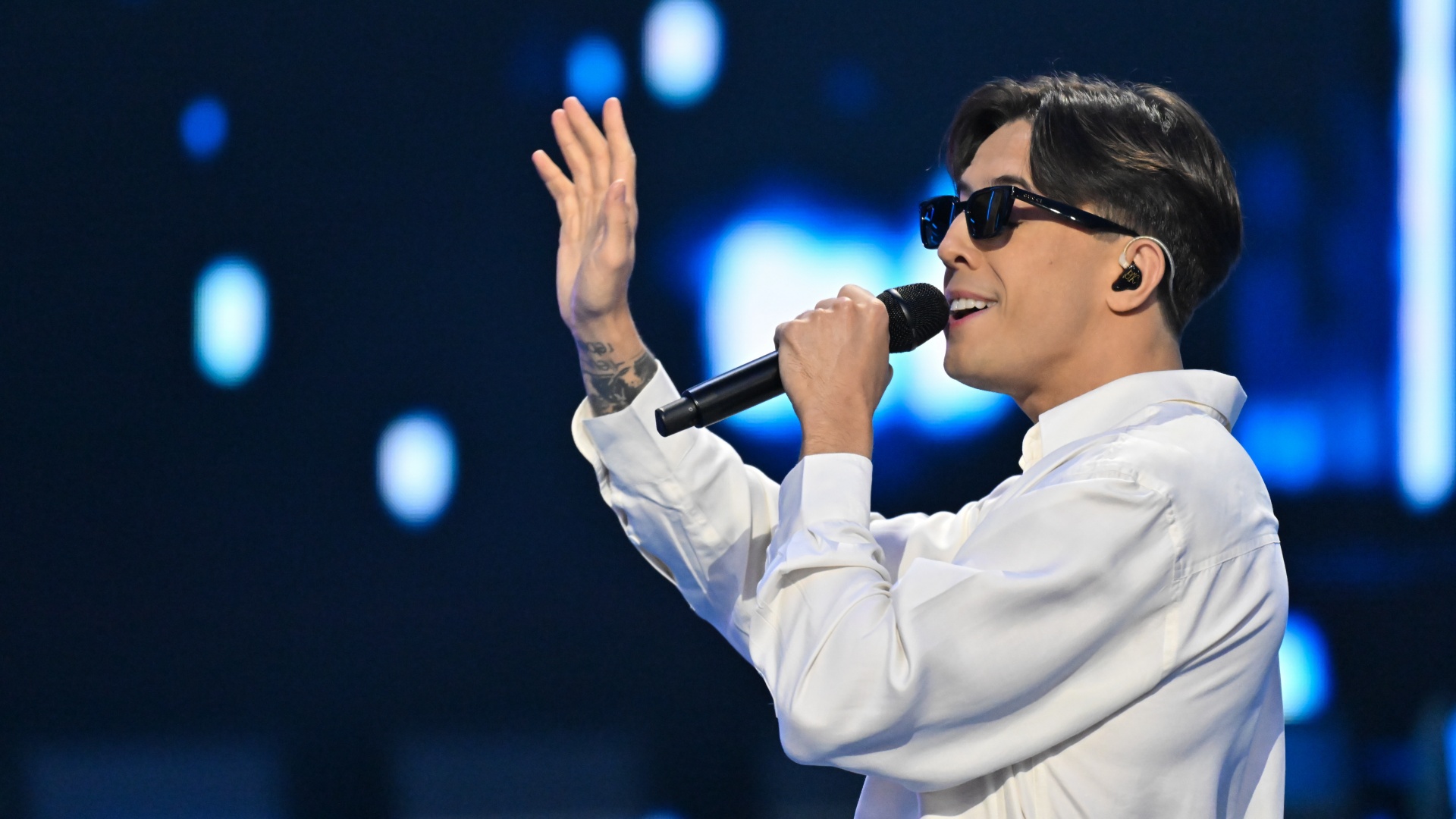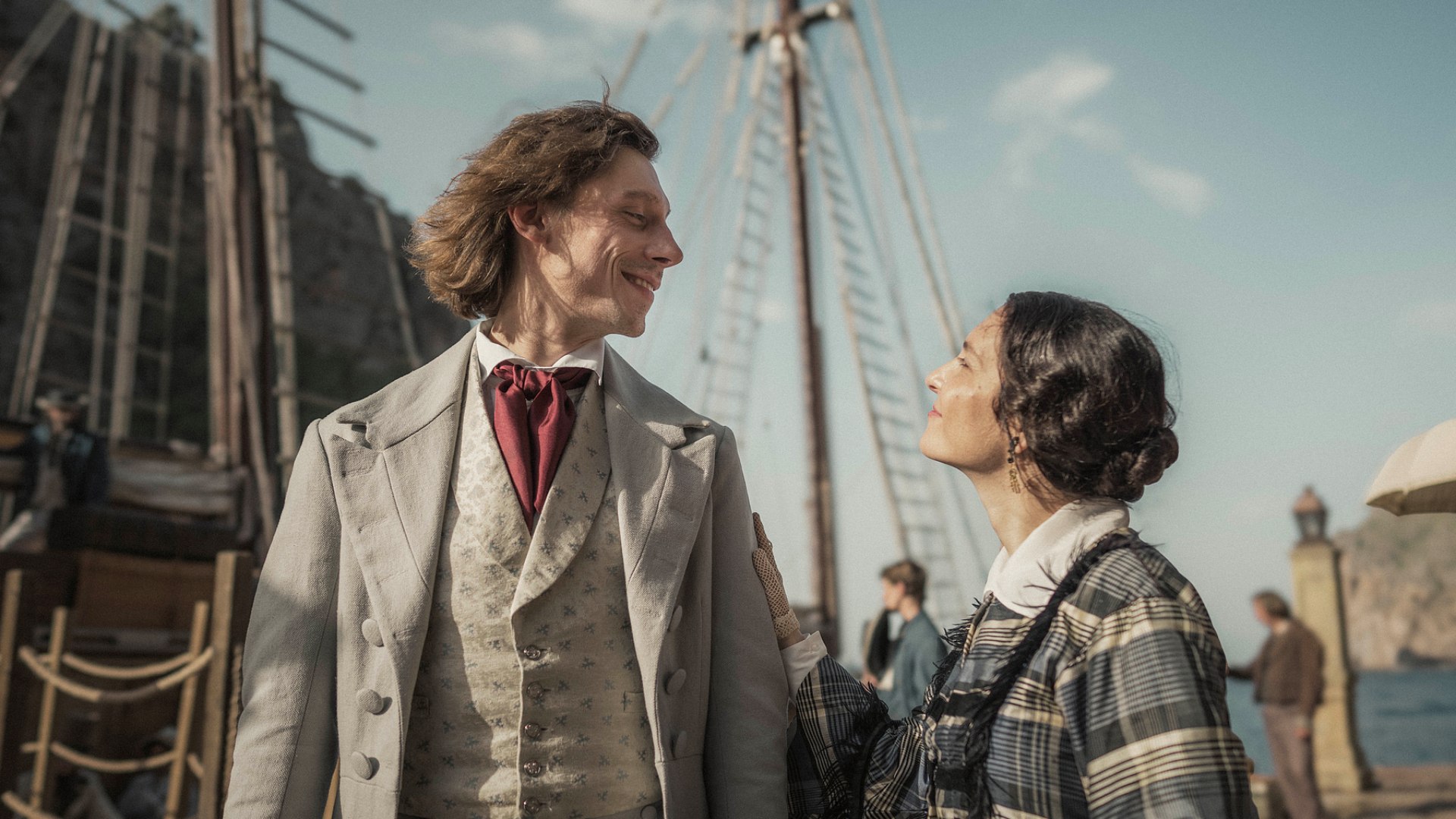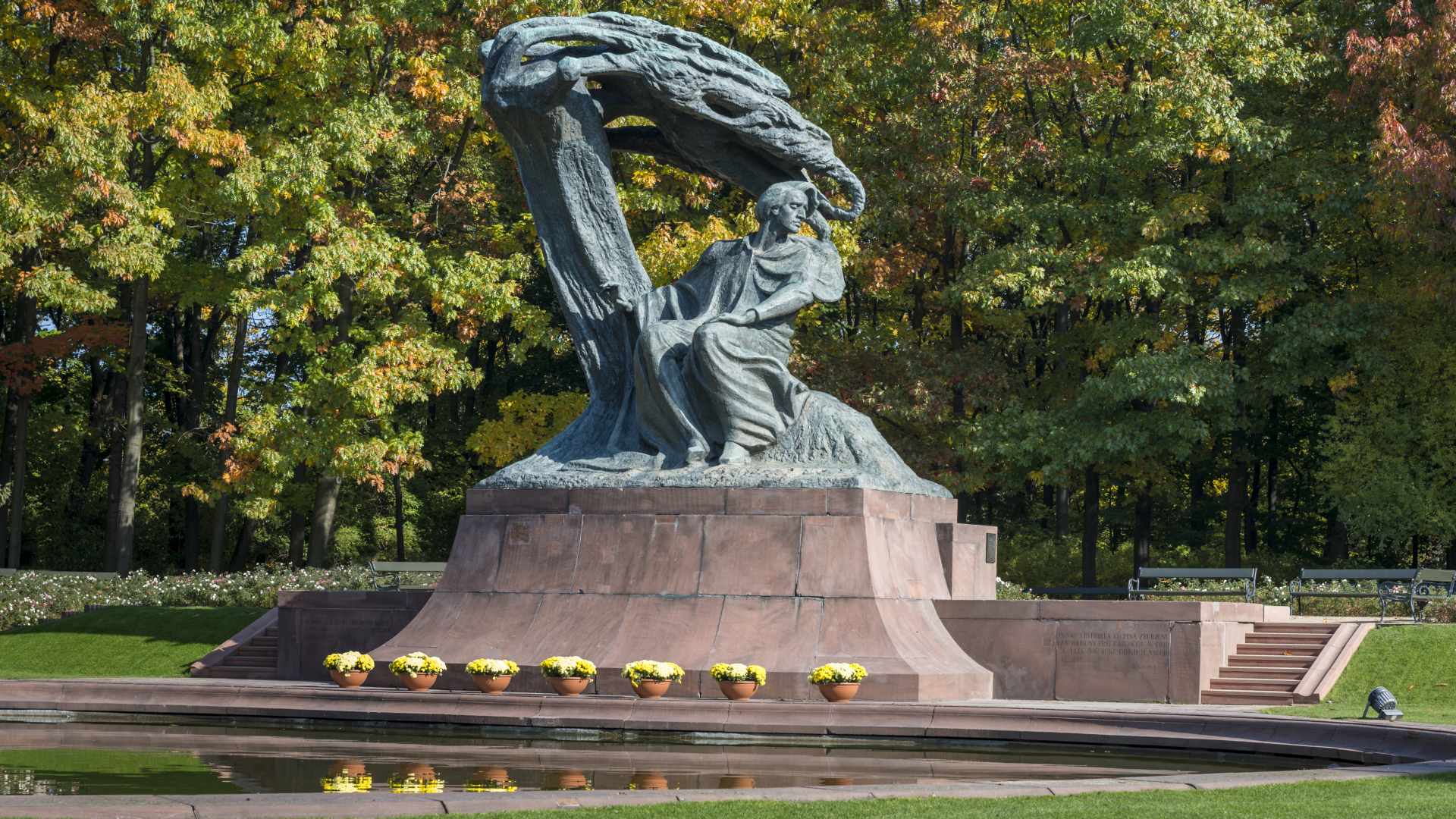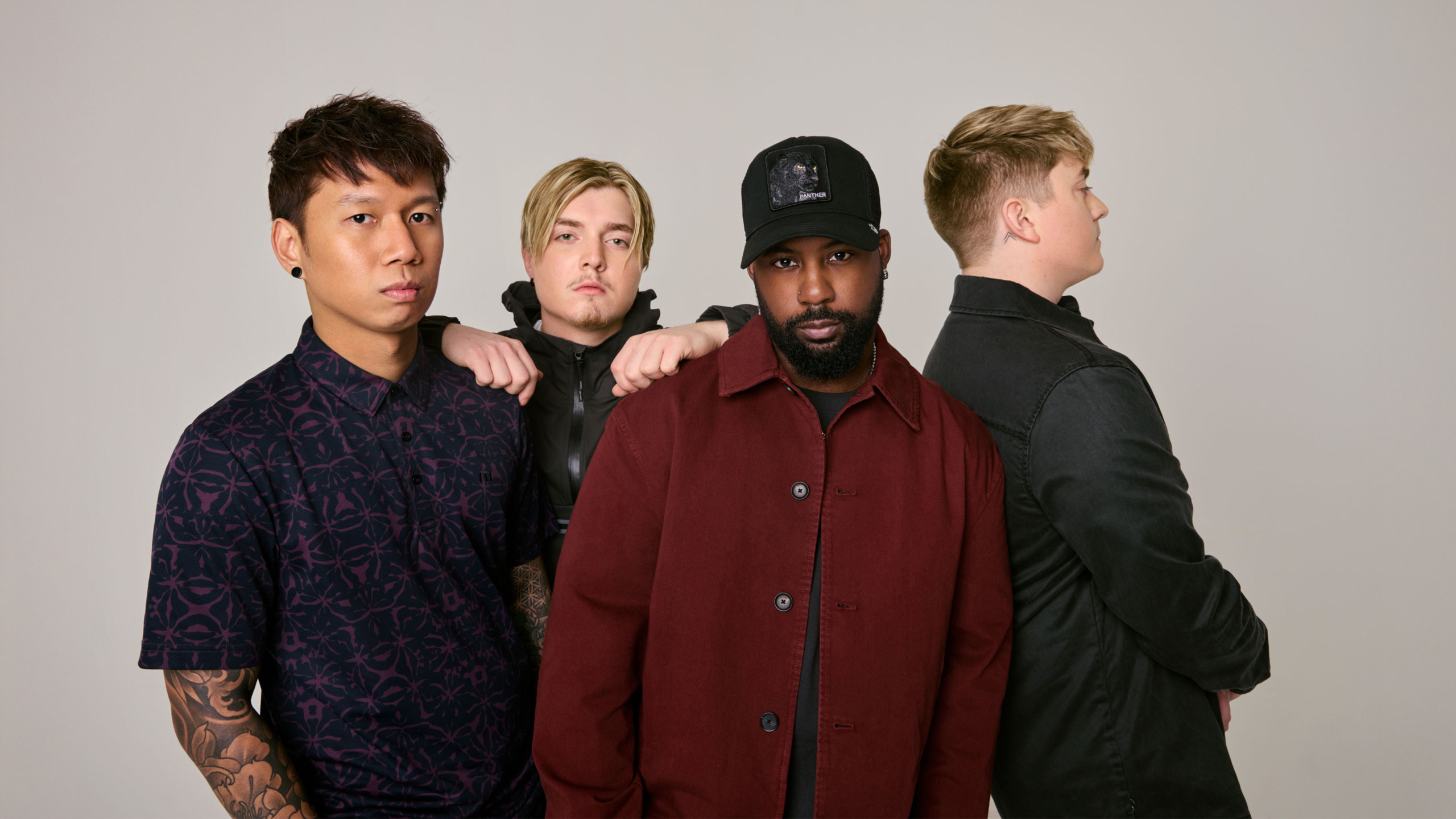Po "Współczesnej" przyszedł czas na "Popularną". Pezet po trzech latach wydaje kolejną "Muzykę", a my z tej okazji zastanawiamy się, co łączy wszystkie wydawnictwa spod kultowej serii. Oraz czy Pawłowi z Ursynowa wciąż udaje się uciekać przed metryką.
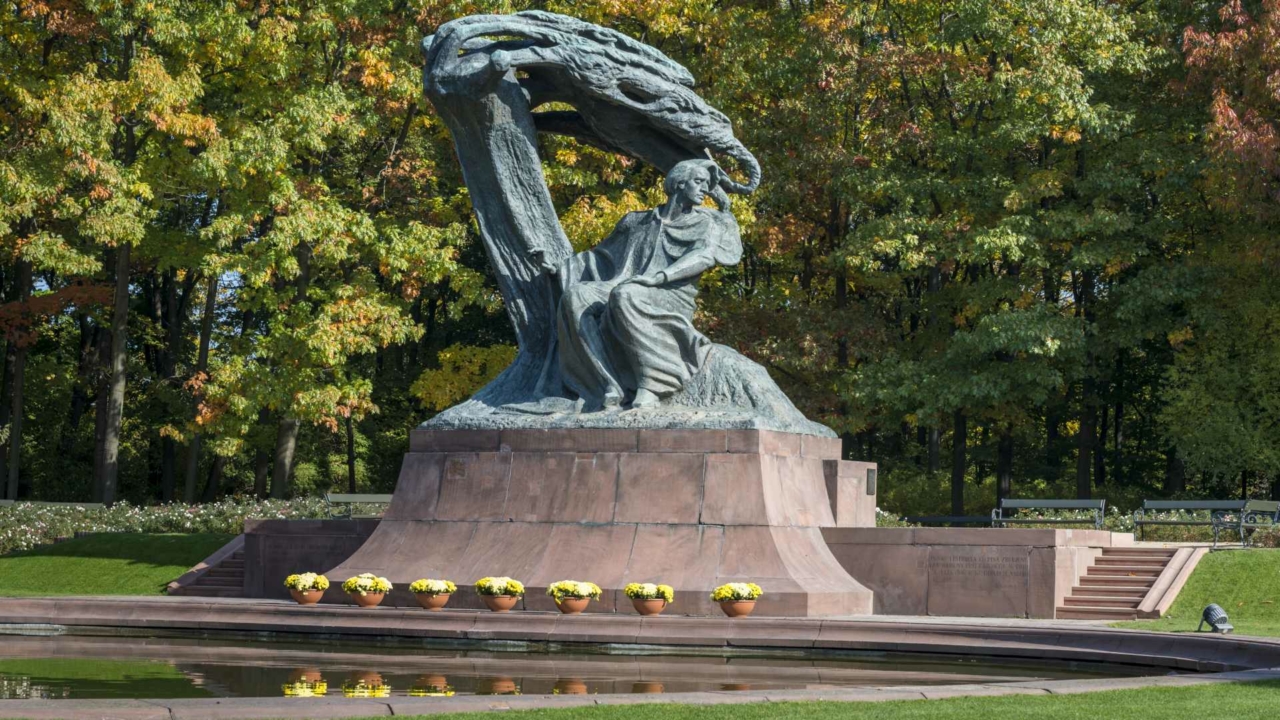
What to Do in Warsaw Between Rounds of the Chopin Competition
Every five years, during the Chopin Competition, Warsaw becomes the world capital of piano. From October 2 to 23, the city will once again welcome not only great artists but also hundreds of spectators from around the globe who come to follow the competition live. We have prepared this article especially for them, with suggestions on how to spend the time interestingly between the successive rounds of the Competition. Warsaw offers a wide range of cultural events and tourist attractions for everyone – both those that let you immerse yourself even more deeply in the world of Fryderyk Chopin and those you simply must not miss when visiting this city. Among our suggestions are also several unusual and very original spots off the standard tourist trail, which will certainly delight anyone who quickly gets bored with “ordinary” sightseeing.
30.09.2025
Redakcja
The article may contain self-promotion for eBilet.pl.
Walking in Chopin’s Footsteps
Warsaw, a city closely linked to Fryderyk Chopin (who spent part of his childhood and early youth here), specially honors the memory of its eminent citizen. One of the most important attractions is the Art Nouveau Monument to Fryderyk Chopin in the Royal Łazienki Park. Every Sunday from mid-May to the end of September, outdoor recitals by world-renowned pianists are held at the foot of this monument. The Fryderyk Chopin Museum in the historic Ostrogski Palace also allows visitors to immerse themselves in Chopin’s world; among its exhibits are the composer’s last piano and manuscripts of his letters and compositions. Multimedia benches with maps of Chopin-related sites are located throughout the city: each bench has a button that, when pressed, plays a fragment of one of Chopin’s works. Using these benches during a walk lets you learn about both his life and his music as you explore Warsaw.
“Romantic Chopin” – Immersive Exhibition
A wonderful place to experience various aspects of Chopin’s life and work is the immersive exhibition “Romantic Chopin” at Art Box Experience. The exhibition offers visitors a 30-minute multimedia show that uses modern technology, virtual reality, large-format projections, innovative storytelling and an immersive audio-visual design. All of this makes the journey into the world of the Romantic-era musical genius an unforgettable experience, allowing one to experience Fryderyk Chopin’s music with literally all the senses! The theme of the exhibition is a journey through the most important stages of Chopin’s life and career. The narrative is based on his private letters and those of his friends. Visitors, led through eight carefully designed rooms, will visit, among other places, 19th-century Żelazowa Wola (Chopin’s birthplace) and then move on to Warsaw, Vienna and Paris – cities that had a huge influence on both his artistic development and personal life.
Józef Piłsudski Museum in Sulejówek
While in Warsaw, it is well worth taking a trip to Sulejówek, home of the Józef Piłsudski Museum – dedicated to the father of Poland’s independence, which was hard-won after 123 years of partitions. Piłsudski was a charismatic leader, politician, and military commander, a builder of the reborn Polish state who from the start upheld ideals of social justice. He was – and remains today – an idol, symbol and authority for millions of Poles. The Museum of the Memory of Józef Piłsudski is a place that presents him against a broad historical, cultural and social backdrop. Here you can learn the story of the life, achievements and legacy of this great man. The permanent exhibition “Architecture of Memory” is particularly worth seeing; it includes over 100 museum objects that bring Piłsudski’s life’s work closer to visitors.
Visiting the Museum of John Paul II and Primate Wyszyński
Alongside Fryderyk Chopin and Lech Wałęsa, Karol Wojtyła (Pope John Paul II) is the most famous Pole in the world. Therefore, when visiting Warsaw it’s worthwhile to go to the Museum of John Paul II and Primate Wyszyński. Its exhibition shows one hundred turbulent years of Polish history (1901–2005) through the lens of its patrons: John Paul II and the Polish church leader Stefan Wyszyński. Each thematic zone is a unique scenographic space created by well-known artists. Visitors can admire works of contemporary religious art, large-scale projections, and unique artifacts (including personal items belonging to the Pope), as well as countless archival photographs, documents and informational displays. Moreover, the exhibition is accompanied by music specially composed for the museum by the distinguished Polish composer Michał Lorenc.
Palace of Culture and Science Tour
The Palace of Culture and Science is one of Warsaw’s most recognizable landmarks. You can see its silhouette dominating the city from almost anywhere in the capital. Built in 1955 by Russian workers as a “gift from Joseph Stalin to the Polish people,” it was for decades a symbol of the communist regime. Today it houses theaters, a cinema, museums, and is an obligatory stop on any tour of Warsaw. Even the Socialist Realist sculptures on its façade – each symbolizing a different field of science, art or technology – are breathtaking. But it’s not enough to simply walk around the building; be sure to take a guided tour inside. The tour is designed so that visitors can see what this one of the world’s most mysterious skyscrapers conceals within its walls. Visitors will see not only the beautiful representative halls and ascend to the observation deck (from which they can admire an amazing panorama of the capital), but the guide will also share countless fascinating stories, anecdotes, legends and facts about the Palace.
Visiting the Zoo
The sunny, warm October weather will certainly encourage outdoor outings. An ideal tourist attraction and place to spend a peaceful day is the Warsaw Zoological Garden (officially the Antonina and Jan Żabiński Zoological Garden). Covering 40 hectares of a beautiful park, it is home to over 11,000 animals representing more than 500 species, including polar bears, elephants, rhinoceroses, giraffes, cheetahs, lemurs, gorillas, mouse deer, lions and flamingos. Year-round pavilions also operate here, including an aquarium, an aviary, a herpetarium and the hippo house. The Warsaw Zoo is also proud of its extraordinary history, which was depicted in the Hollywood film The Zookeeper’s Wife (2017) starring Jessica Chastain. Chastain portrayed the real-life Antonina Żabińska, wife of the zoo’s director Jan Żabiński, who during World War II hid dozens of Jews on the zoo grounds. The couple, together with other zoo staff, smuggled people out of the Warsaw Ghetto, hid them in the zoo and helped more than 300 individuals survive the war.
Dark Side of the City – Night Tour of Interwar Warsaw
For lovers of unconventional and original attractions, an ideal proposal is a night tour on board a vintage bus through the dark backstreets of the interwar underworld of Warsaw. The guide will recount blood-chilling events that captured the imagination of all pre-war Warsaw. But that’s not all! The tour also explores one of Warsaw’s oldest and most atmospheric districts – Praga – and reveals the customs here not only from the interwar period but also from the communist era. The organizers strive to surprise their guests at every turn. Participants can count on dozens of colorful stories, and should be prepared that, for example, during a stop at a dodgy locale there might be live music played by musicians literally transported from the 1950s, or that at a corner of a Praga alley they could encounter cabaret dancers straight out of the 1920s.
Visiting the Polish Vodka Museum
Another unusual attraction – also located in Warsaw’s Praga district – is the Polish Vodka Museum. The interactive exhibition allows visitors to trace more than 500 years of our national spirit’s history, learn about the origins of distillation techniques on these lands, and discover what made Polish vodka famous worldwide. The one-hour tour passes through a magical cinema hall resembling the inside of a vat, and then through four interactive galleries – including a medieval alchemist’s workshop, an old inn, and a traditional distillery – ending in a modern tasting room. There, under the guidance of a professional, visitors can learn the secrets of vodka tasting and rediscover the flavor of the crystal-clear spirit by sampling three different varieties. The tour can be combined with lunch or dinner at one of the on-site restaurants and bars, or followed by a cup of hot chocolate at the iconic Wedel Chocolate Lounge, which also has a location here.
Poprzedni artykuł
Następny artykuł

